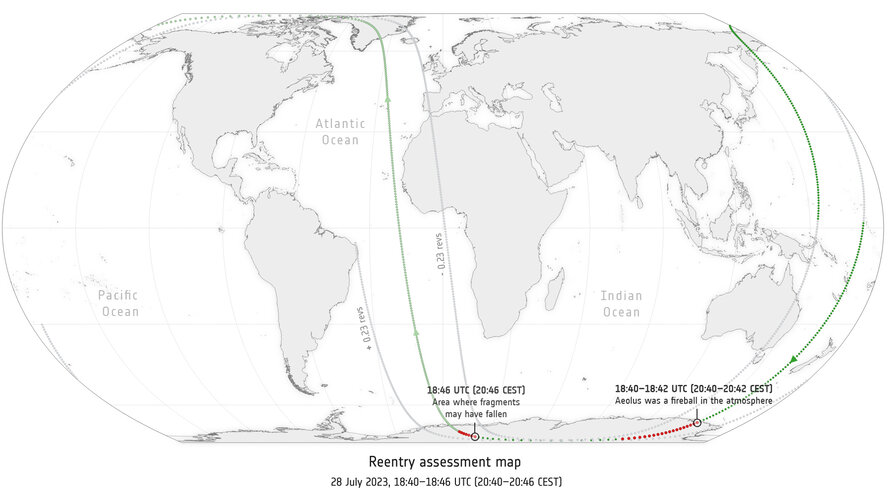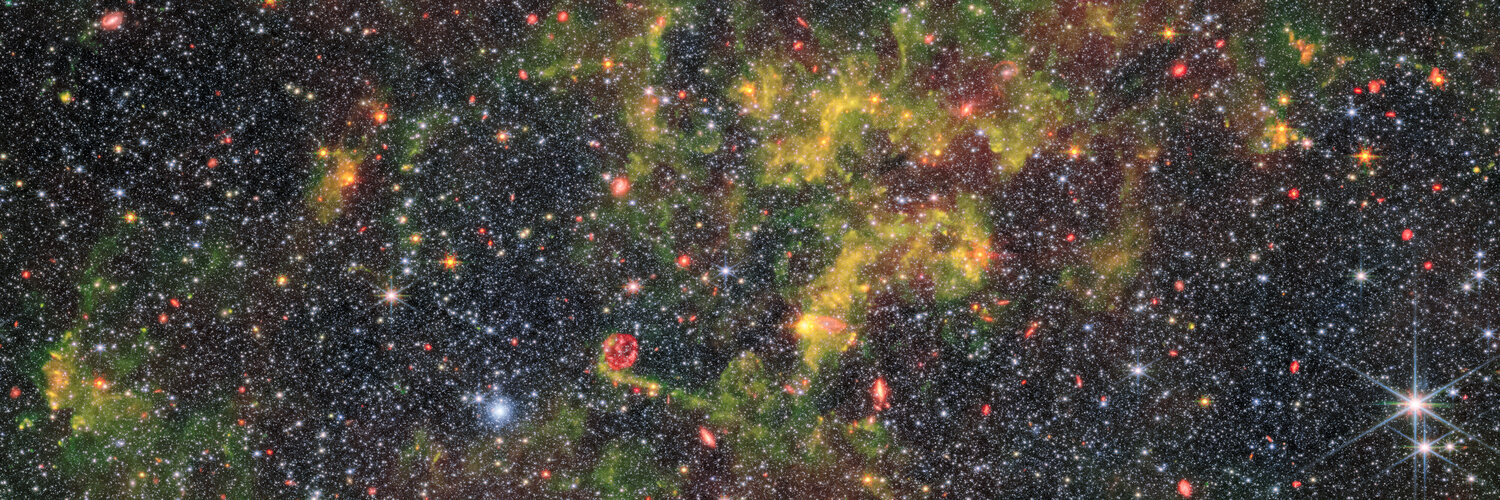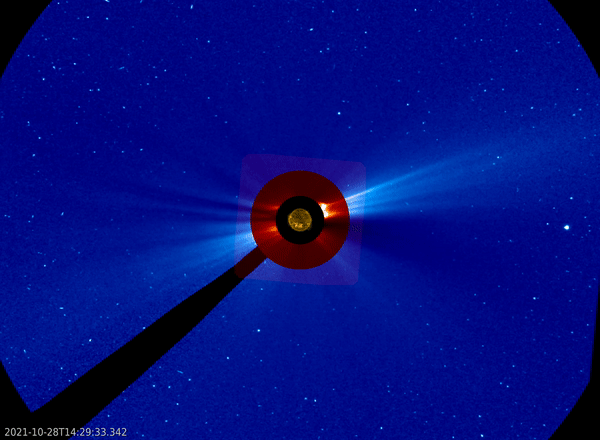
Copernical Team
HYDIS2 consortium project for hypersonic defence interceptor proposed for funding by the European Commission
 In May 2023, the HYDIS2 consortium, composed of 19 partners and more than 20 subcontractors across 14 European countries, submitted a proposal for a concept architecture and technology maturation study of an endo-atmospheric interceptor against new high-end emerging threats, in the framework of the European Defence Fund 2023 work programme. On the 12th of July 2023, following a positive evaluati
In May 2023, the HYDIS2 consortium, composed of 19 partners and more than 20 subcontractors across 14 European countries, submitted a proposal for a concept architecture and technology maturation study of an endo-atmospheric interceptor against new high-end emerging threats, in the framework of the European Defence Fund 2023 work programme. On the 12th of July 2023, following a positive evaluati Hisdesat announces the launch of first SpainSat NG satellite for summer of 2024
 Hisdesat, the Spanish government satellite operator, has announced that the first satellite in the SPAINSAT NG programme, SpainSat NG-I, will be ready for launch in summer of 2024 after confirming that the programme is making good progress. The US company Space X will be in charge of launching the Spanish satellite into orbit with a Falcon 9 launcher, from its base at Cape Canaveral or from NASA
Hisdesat, the Spanish government satellite operator, has announced that the first satellite in the SPAINSAT NG programme, SpainSat NG-I, will be ready for launch in summer of 2024 after confirming that the programme is making good progress. The US company Space X will be in charge of launching the Spanish satellite into orbit with a Falcon 9 launcher, from its base at Cape Canaveral or from NASA iRocket collaborates with Air Force to develop reusable rockets
 Innovative Rocket Technologies Inc. (iRocket) has signed a cooperative research and development agreement (CRADA) with The Air Force Research Laboratory (AFRL) West to develop engines and stage technology for their next-generation fully reusable Shockwave launch vehicle. Members from AFRL's Rocket Propulsion Division at Edwards AFB, California, and iRocket, a privately-owned corporation, agreed
Innovative Rocket Technologies Inc. (iRocket) has signed a cooperative research and development agreement (CRADA) with The Air Force Research Laboratory (AFRL) West to develop engines and stage technology for their next-generation fully reusable Shockwave launch vehicle. Members from AFRL's Rocket Propulsion Division at Edwards AFB, California, and iRocket, a privately-owned corporation, agreed ESA art posters available! Download here!

ESA art posters available! Download here!
Iconic space posters: discover our stunning designs!
In for a spin
 Image:
Andreas Mogensen during a centrifuge training session
Image:
Andreas Mogensen during a centrifuge training session Right on track: Aeolus reentry map
 Image:
Right on track: Aeolus reentry map
Image:
Right on track: Aeolus reentry map Week in images: 31 July - 04 August 2023

Week in images: 31 July - 04 August 2023
Discover our week through the lens
Giant solar eruption felt on Earth, Moon and Mars

A solar eruption detected simultaneously at Earth, the Moon and Mars emphasises the need to prepare human exploration missions for the dangers of space radiation.
Recycling parts for life on the Moon
 Image:
Recycling parts for life on the Moon
Image:
Recycling parts for life on the Moon Simulating Aeolus’s demise: a bird’s eye view
 Video:
00:01:35
Video:
00:01:35
Aeolus’s mission is over, but weather forecasting is improved forever, and a new precedent has been set for safe satellite reentries. The trailblazing Earth Explorer returned through our atmosphere on 28 July, following the path it was guided on by ESA’s mission control over Earth’s most uninhabited regions, finally disintegrating over the Antarctic.
A week-long series of manoeuvres led to this point. They had never been performed before and pushed the satellite to its limits. Aeolus was never designed to fly at such low altitudes – its thrusters and fuel reserves were
